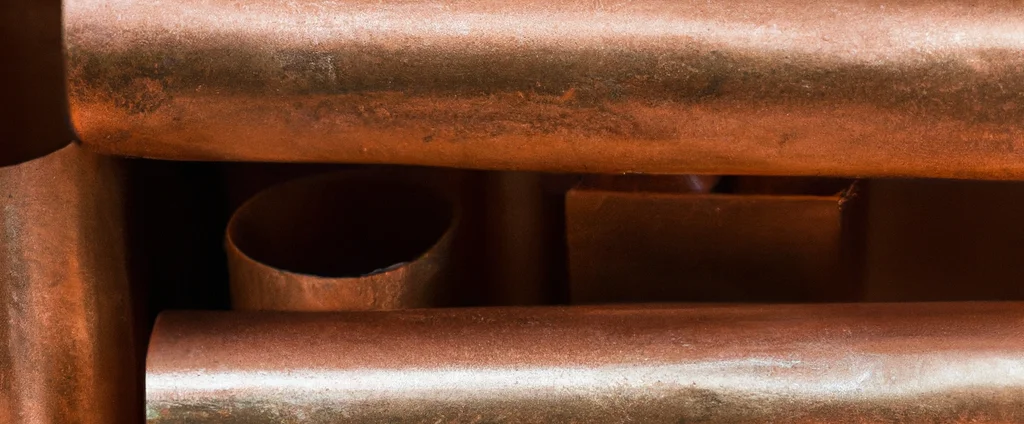Phospher Bronze (UNS C52100)

Phosphor Bronze C52100 is a type of bronze alloy that is primarily composed of copper with the addition of phosphorus as an alloying element. It is known for its excellent combination of strength, corrosion resistance, and electrical conductivity.
| Chemical Composition | ||
|---|---|---|
| Element | Min | Max |
| Copper | 90.5% | 92.8% |
| Iron | —— | 0.1% |
| Lead | —— | 0.05% |
| Phosphorus | 0.03% | 0.35% |
| Tin | 7.0% | 9.0% |
| Zinc | —— | 0.2% |
The following table provides a list of bronze C52100 properties in both SI and US customary/Imperial units.
Click on the button to switch between Metric and Imperial units.
| Physical Properties | Metric |
|---|---|
| Density | 8800 kg/m3 |
| Mechanical Properties | Metric |
| Tensile Strength (Ultimate) | 380 - 960 MPa |
| Tensile Strength (Yield) | 160 - 550 MPa |
| Young’s Modulus (E) | 110 GPa |
| Shear Modulus (G) | 41 GPa |
| Poisson’s Ratio (ν) | 0.34 |
| Thermal Properties | Metric |
| Melting Point | 880 - 1025 °C |
| Thermal Conductivity | 62 W/m·K |
| Specific Heat Capacity (Cp) | 380 J/kg·K |
| Coefficient of Thermal Expansion (αL) | 1.82×10-5 1/°C |
| Electrical Properties | Metric |
| Electrical Conductivity | 7.5×106 S/m |
| Electrical Resistivity | 1.33×10-7 Ω·m |
The values in this table are approximate and can vary depending on various factors such as the specific manufacturing process and heat treatment applied to the alloy.
Advantages & Disadvantages of Phospher Bronze C52100
| Advantages | Disadvantages |
|---|---|
| Excellent strength and durability | High cost |
| Good corrosion resistance | Limited ductility |
| Good wear resistance |
Applications of Phosphor Bronze C52100
Phosphor Bronze C52100 has a wide range of applications due to its favorable combination of properties. Key applications include:
- Electrical Connectors: The alloy’s good electrical conductivity and corrosion resistance make it an excellent choice for electrical connectors, terminals, and sockets.
- Springs and Fasteners: Its high strength, excellent fatigue resistance, and corrosion resistance make it well-suited for the manufacturing of springs, fasteners, and other components that require both strength and reliability.
- Bushings and Bearings: The wear resistance and low friction properties make it suitable for bushings and bearings used in various industries, including automotive, aerospace, and machinery.
- Musical Instruments: Commonly used in the production of musical instruments, particularly guitar strings, due to its good tonal qualities, durability, and resistance to corrosion.
- Marine and Seawater Applications: Due to its high corrosion resistance, it finds applications in marine environments, such as shipbuilding, seawater pumps, valves, and other components exposed to saltwater.
- Aerospace Applications: Used in aircraft bushings, bearings, connectors, and electrical contacts, where its properties are valuable in demanding environments.
